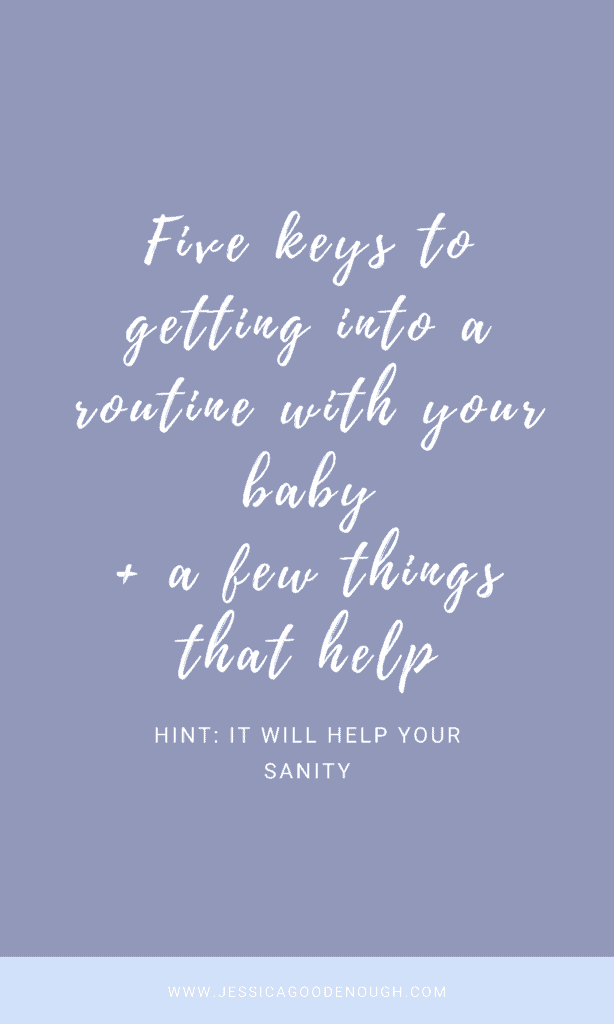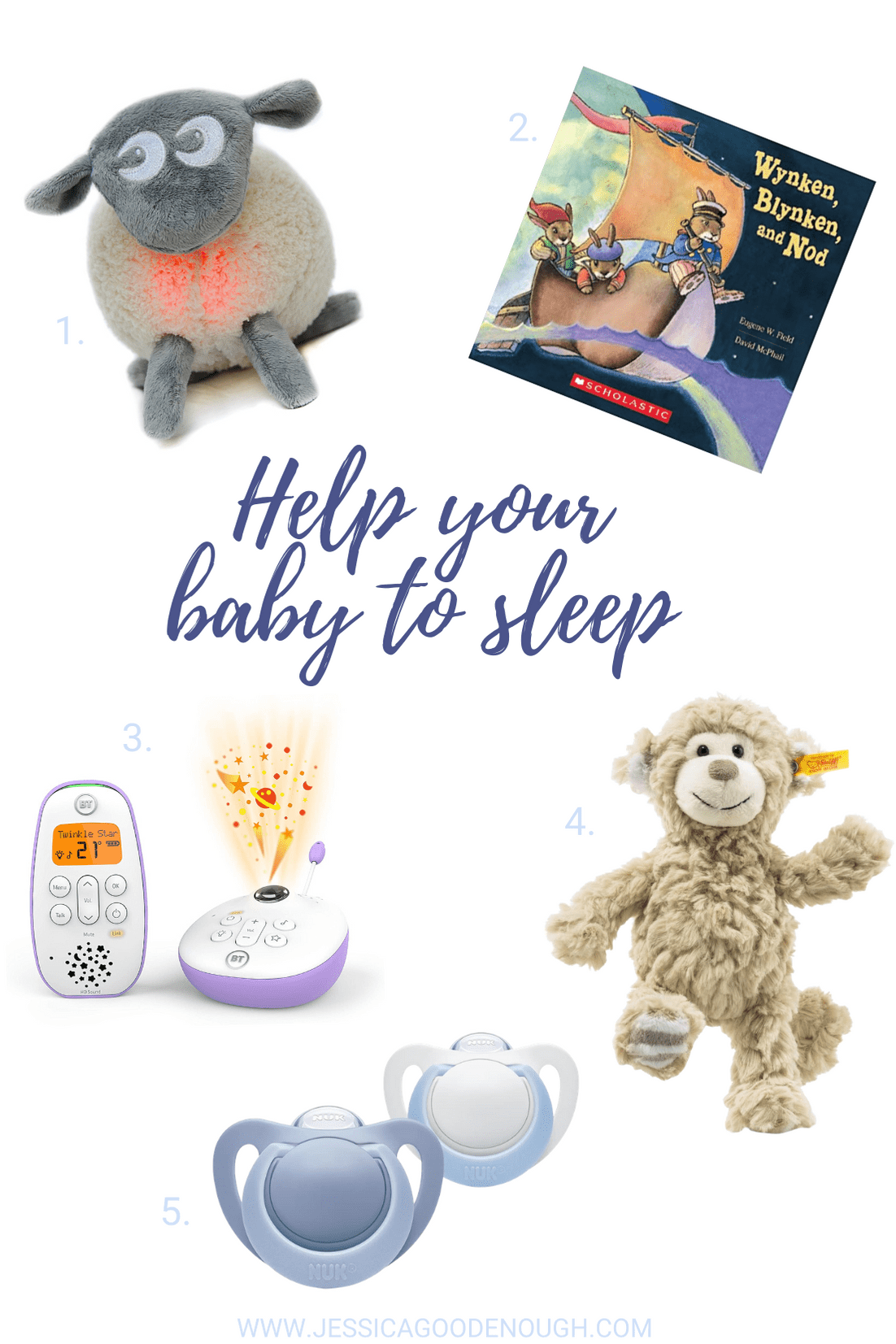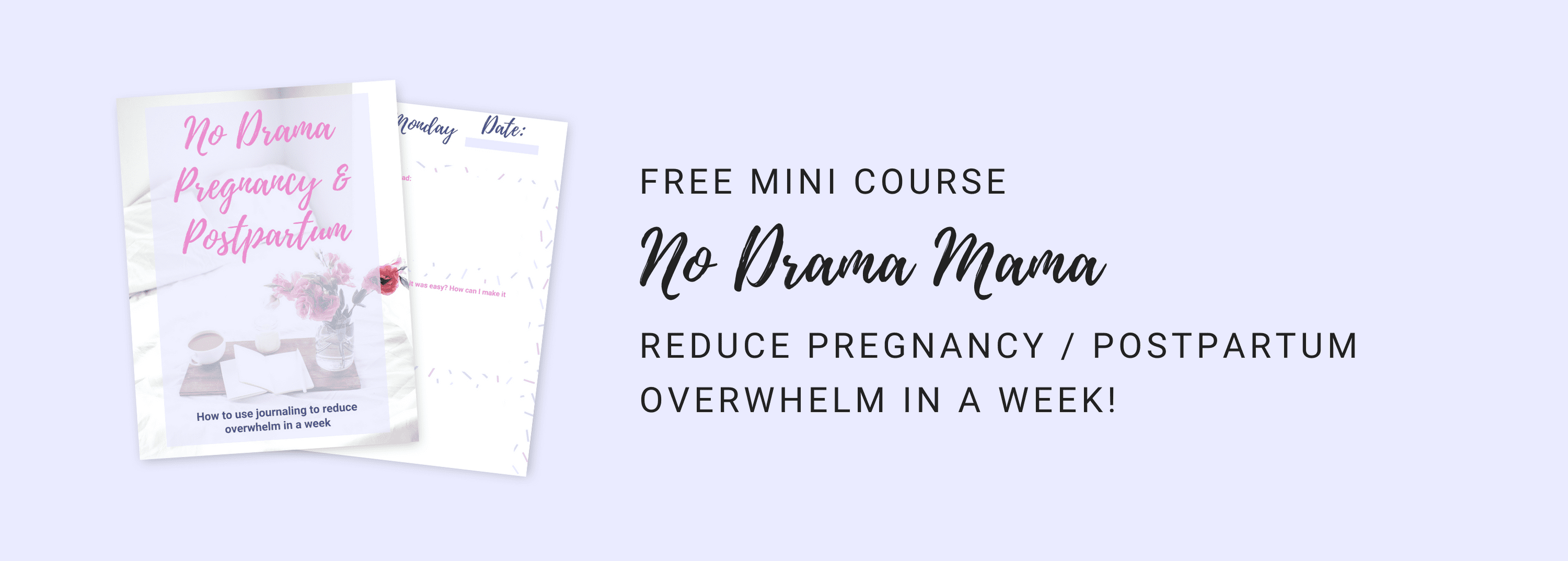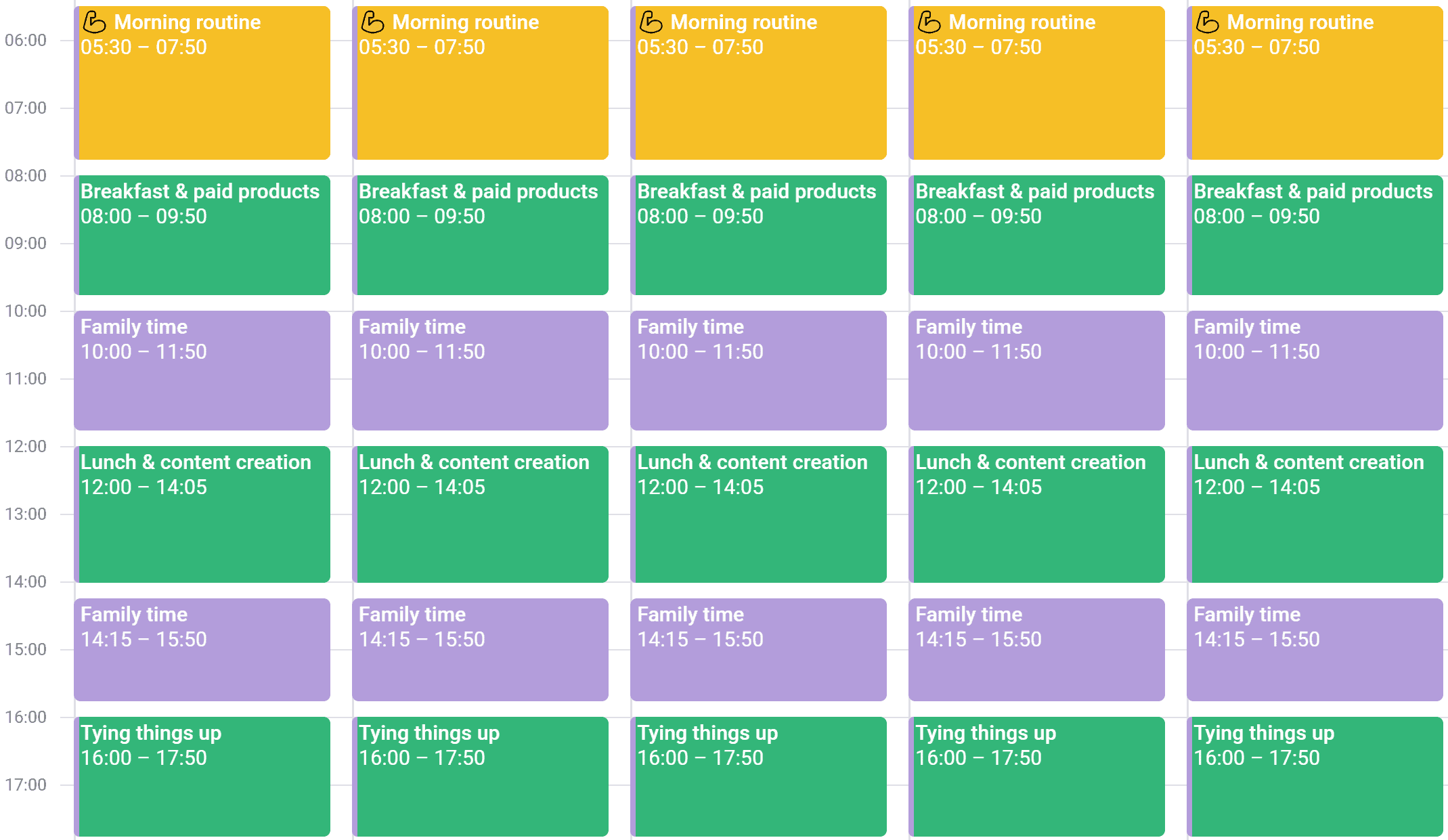While not everything went to plan with our little one (cough breastfeeding cough), one thing we have been relatively successful with is getting into a feeding and sleeping routine. The irony is that, as I’m typing this, Baby J has woken up only an hour into his long midday nap.* So we’re not perfect, but what I’m suggesting does work the vast majority of the time!
*Day two of writing this: I’ve closed the curtains and all is better with the world. More on that later in this post!
This is part of the “Into motherhood” series I have been writing on the blog. Here are the other ones:
- Big update on a little project;
- Pregnancy update + what not to say to a pregnant person;
- Welcome to the world Baby J! – Our first few weeks as parents;
- Self-care as a new mum (three months into motherhood);
- A day in the life of a new(ish) mum & blogger – four months into motherhood.
Of course, I need to include the usual caveats: every baby is different and I am not medically trained, so use common sense and do what is best for your specific situation. So with that out of the way, let’s crack on with the five keys to creating a routine that works for *most* babies!

Know your reason why
As with any habit change, baby-related or not, it’s worth knowing your “why”, so you can refer back to it if the going gets tough. Have a little think about that now.
For me, I wanted to be proactive with what my baby needed. For example, I enjoy having a bottle ready for him, rather than waiting until he’s in a hungry rage to go make one, while also trying to calm him down. Yes, I know about “hunger cues”, but it seemed like our little one sometimes went from fine to starving in the blink of an eye.
I also wanted to make sure he was getting enough sleep and the right amount of feeds. As you may know, we had a scare in the very early days, when he lost a lot of weight, and I definitely don’t want a repeat of that experience!
Another main reason, that I will happily admit, is that I like routine. I like things organised and colour-coded, and while the idea of going with the flow sounds great in principle, I find it quite stressful in reality. Having a routine feels empowering to me, as I feel I am being proactive with meeting my child’s needs.
And (and this is a big “and”!), I can predictably schedule things during his nap time. As I wrote in my day in the life blog post, I work during our baby’s nap times: on paid products in the morning and on content creation (like writing this!) in the middle of the day. Whether you choose to work, study, clean, cook or relax during these times, it’s nice to have pockets of time you can rely on to do those things in.
Adapt your “routine goals” based on your baby’s age
In the first couple months, babies’ stomachs are too small to go more than a few hours without a feed. Also, babies can’t differentiate day and night until they’re a few weeks old. So if that’s where you’re at, hang on in there, you’ll get your sleep back soon(ish)!
I think at that point, the key is to build good habits, but not to expect much in terms of results. You want to teach your baby to differentiate day and night by keeping things quiet and dark at nighttime, with more noise and light during the day. Taking your baby outside helps, as well as waking your baby to feed him after three hours during the daytime.
Beyond that, it seems like the recommended amount of time babies can sleep in one go is based on their weight. There is however no magic formula and some babies just seem to sleep longer than others. However, all hope is not lost! Follow the advice below consistently and you will see an improvement.
Pick a strategy
With many parenting issues, there seems to be a spectrum of approaches from baby-led to parent-led. In terms of sleeping and feeding, the extreme baby-led approach would be to always led your baby “decide”, e.g. feeding them whenever you think they’re hungry and never waking them up when they’re sleeping. On the other extreme, you could impose feeding and sleeping times and completely ignore your crying baby’s needs if they don’t fit within that schedule. Somewhere closer to the middle are a reasonable baby-led approach and a reasonable parent-led approach.
The reasonable baby-led approach would involve taking note of when your baby “naturally” sleeps and when you feed them (as a reaction to their hunger cues). There are apps to do this, but regular old pen and paper would work fine. After three days or so, you might start to see patterns emerging. If not, your baby might still be too young for a routine.
If you do see a pattern emerging, you could try preempting your baby’s needs by offering them a bottle / the breast when it seems they’ll be the most likely to be hungry or putting them to bed at times when they’ve shown signs of being over-tired in the past. That way you are creating a loose routine, based on what your baby’s needs are most likely to be. You will need to stay flexible as your baby grows and their needs evolve.
As a quick side note: whichever approach you choose, I highly recommend the Your Baby Week by Week book. I cannot speak highly enough of this guide to the first 24 weeks. (If your baby is older than that, there’s a follow-on month-by-month guide for little ones from six months until their second birthday). The authors offer very practical advice on what to expect regarding feeding and sleeping on a week-by-week basis. If I could give one book to all new parents in the world, it would be this one!
(Note: this blog post contains affiliate links. That means that if you purchase something I recommend, I may earn a commission at no cost to you. Thank you for supporting this blog!)
Anyway, back to strategies. The reasonable parent-led strategy could almost be called the expert-led strategy. What I mean by that is that it involves creating a routine based on the insights of baby experts. Not your crazy aunt Hilda’s advice! This approach is easier than the previous one, as it takes out a lot of the guesswork, but it can also be more expensive, if you need more help than just standard free schedules.
There are quite a few options out there, just do your best to pick one that seems reasonable for your baby and yourself (an often an ignored factor in this equation!). We personally use the Little Ones plans and they work for our family. Once you’ve done a bit of googling and you’re happy that the schedule you’ve found is from an actual baby specialist, you can start trying it out. Offer your baby milk / food when the schedule suggests and set them down in a dark room when it’s nap time.
Choose signals and stick to them
One of the keys to your baby “understanding” the routine is by choosing cues for each part and repeating them. A great place to start is a bedtime routine, but there are other ways to “anchor” a routine too.
Creating a bedtime routine, even if your baby isn’t yet sleeping through the night, does set the foundation for longer nights later on. It’s also an opportunity for quality family time! You can choose to do whatever you want, but what we do is bathe our baby, change him into a sleepsuit, feed him a bottle and read him the same story every night. (It’s Wynken, Blynken, and Nod – apparently I loved it when I was little! Baby J definitely recognises it when I start saying “Wynken, Blynken and Nod one night sailed off in a wooden shoe”…)
Other ways to reinforce the routine and help your baby know what to expect are to always do the same thing when you wake them up. We always change Baby J’s nappy first, then we feed him. I play two “games” with him while changing him. This doesn’t have to be elaborate: one of them is hiding his face behind the (clean!) nappy and asking where he is… You know how it goes! After changing his nappy, we put a bib on him and feed him a bottle. We then burp him and then play / go for a walk / do whatever.
Follow your plan but stay flexible
This seems quite obvious, but your baby can’t figure out what the routine is on their own. The only way of getting in a predictable routine is doing it consistently. At the same time, you don’t want to ignore your baby’s needs if they don’t “fit” with the plan.
The way we achieve this balance is by giving our little man his bottle at the same times every day. We would give it to him earlier if he was showing hunger cues, but it seems like the routine we have fits him just right, as that doesn’t really happen.
In terms of sleep, we respond to his tiredness cues (yawning, rubbing his eyes, getting a bit grizzly) by putting him to bed, no matter what time it is. A friend told us that if a baby’s yawning, that means it’s nap time *now* and that has helped avoid a lot of the over-tired grumps. If he hasn’t shown any of these signs when the plan’s “nap time” comes around, we put him to bed and let him self-settle (one of us is often in the same room, but he falls asleep in his bed, not in our arms).
If you’re in the early days of parenthood, you might not be used to recognising your baby’s cues. Watching the video below might help! But you’ll also get better as you go along.
Bonus: things that help
You don’t need lots of gadgets and gizmos to help your baby sleep better, however a few things can make a positive difference. One thing I haven’t included here is blackout curtains, as we don’t have them yet. But just closing the curtains we do have does make a massive difference, especially for naps on sunny days! I mentioned the story book above, but here are four other elements that can help your baby go to sleep:

1 – Ewan the Dream Sheep
2 – Wynken, Blynken and Nod book
3 – Baby monitor
4 – Monkey
5 – Dummies
The first thing we got to help our baby to sleep was Ewan the sheep. He makes noises that imitate those Baby J would have heard in the womb, which is comforting in the first few months. After that, the white noise is quite helpful in stopping other noises from waking him up.
Another thing that helps is not constantly walking in and out of the room to check that your baby is okay, ha! That is where a baby monitor comes in. The one we have does just what we need: we can hear our baby and we can also play music that he then knows to associate with sleep time.
Dummies are a controversial topic amongst parents (and nosy people!). I was definitely against them until Baby J was a few weeks in, and then, as with several things in this parenting journey, I let go of my expectations and went with the flow. They offer our baby comfort and help him sleep, so we use them. Baby J is still in our room, as the guidelines here on avoiding SIDS recommend having your baby sleep in your room until they’re at least six months old. That means that I can offer him his dummy when he gets a bit fretful at night, without him having to wake up fully.
One thing that we do that goes against the “official” guidelines is that we’ve given our baby a toy to sleep with. His name is Monkey and it seems like Baby J gets a lot of comfort from snuggling up to him. He only started sleeping with him once we were confident he wouldn’t get stuck against or underneath him. It’s of course up to you to choose what is right for your baby!
Getting into a sleep routine will be a big step forward regarding your sanity as a new parent. However if you want to take things further, then I highly recommend you enroll in my free No Drama Mama mini course. I am currently developing a more complete Sane Mama course, but the mini course will give you a good taster! It guides you through how to reduce pregnancy and postpartum overwhelm in a week, by tapping into your intuition. So enroll now or subscribe to be the first to hear when Sane Mama will be available!




![Only a month late... Here are our Valentine's Day photos! 👩🏼❤️💋👨🏻😅
We've been on a bit of a Caribbean kick (say that 10 times!) since watching the One Love film about Bob Marley on Valentine's Day + @gazoakley's adventures in Jamaica on the YouTubezz. 🇯🇲
So far we've eaten at @turtlebayuk [apologies for the blurry photos, I took them before getting my new @fairphone!] and ordered from Pappy's Afro Caribbean Takeaway (don't think they're on Instagram)... Next step is to make it at home; any recipe recommendations? 😘
#PlantBased #JamaicanFood #CaribbeanFood #OneLove](https://jessicagoodenough.com/wp-content/plugins/instagram-feed/img/placeholder.png)
Leave a Reply
You must be logged in to post a comment.